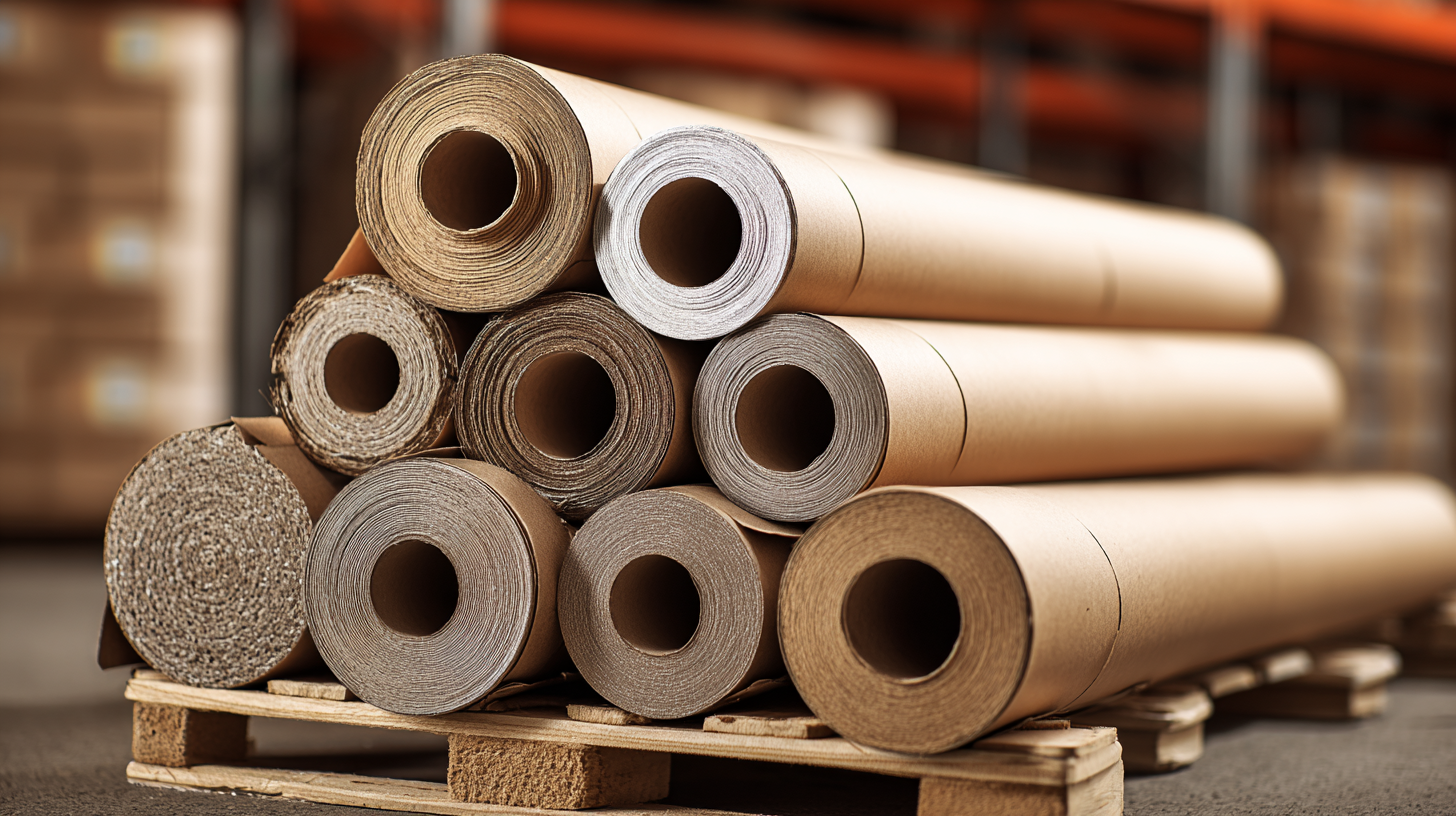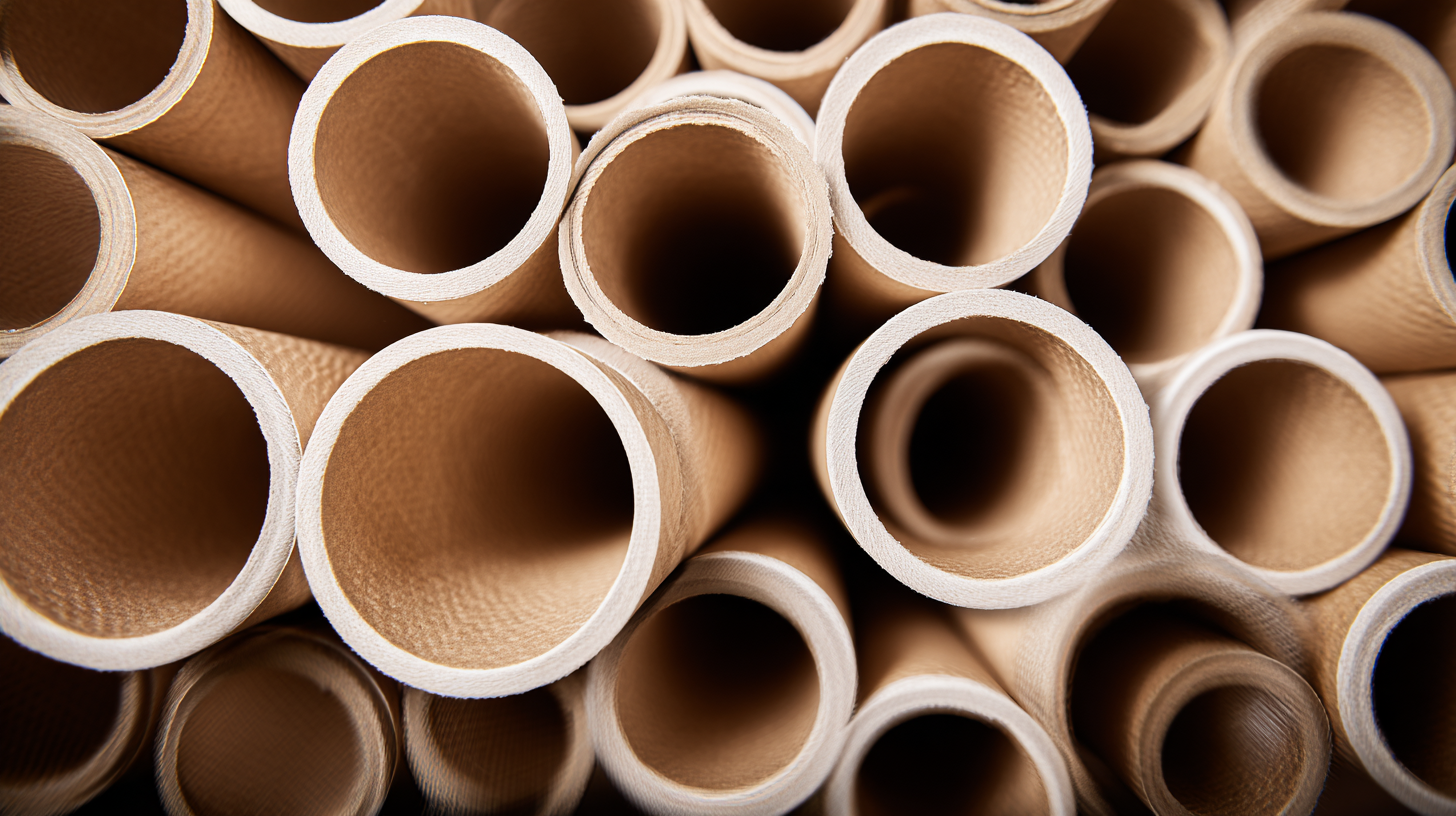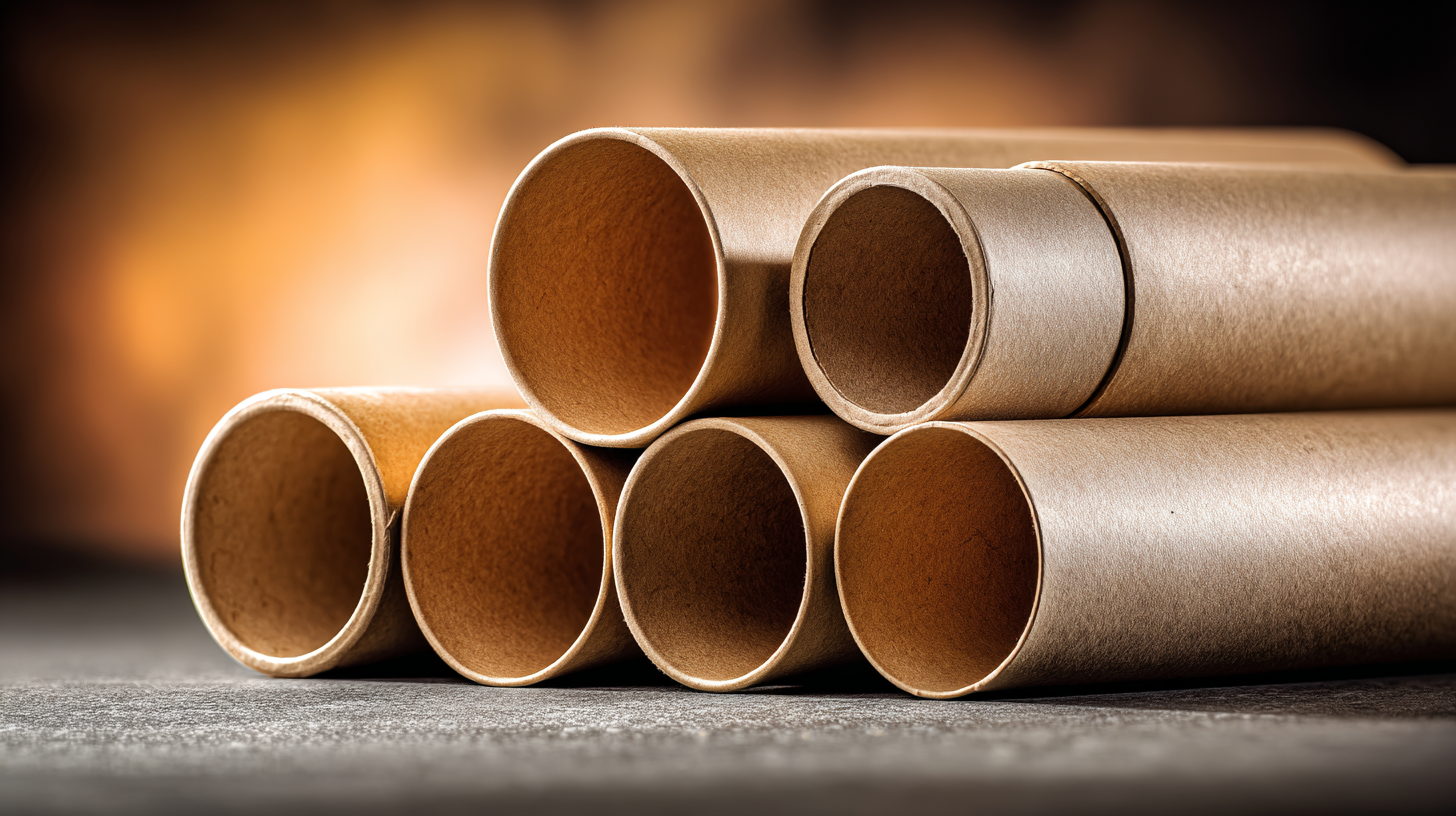10 Essential Tips for Selecting the Best Packing Tubes for Your Global Supply Needs
In today's global supply chain, the importance of selecting the right packing tubes cannot be overstated. As businesses expand their reach across borders, efficient packaging solutions play a crucial role in maintaining product integrity and minimizing shipping costs. According to a recent report by Smithers Pira, the global market for packaged goods is projected to reach $500 billion by 2025, with packing tubes being a significant component due to their versatility and protective capabilities. Industries ranging from pharmaceuticals to consumer goods are recognizing the value of high-quality packing tubes in safeguarding their products during transit. With the growing trend towards e-commerce and international shipping, it is imperative for companies to understand the essential factors in choosing the best packing tubes that will meet their diverse global supply needs.

Understanding Different Types of Packing Tubes for Global Shipping
When it comes to global shipping, selecting the right packing tubes is crucial for ensuring that your products arrive safely and in pristine condition. Different types of packing tubes serve various purposes, and understanding their unique characteristics can help you make informed decisions. For example, cardboard tubes are lightweight and cost-effective, making them ideal for shipping posters, documents, or flat items. They provide moderate protection and are recyclable, which appeals to eco-conscious businesses.
On the other hand, plastic packing tubes offer superior durability and resistance to moisture, making them suitable for shipping items that need extra protection. These tubes are often used for fragile goods or products that could be affected by environmental conditions during transit. Additionally, metal packing tubes, while typically heavier, are known for providing exceptional strength and security, ideal for high-value or sensitive items. By assessing the nature of your goods and understanding the various options available, you can select the most suitable packing tubes that align with your global supply needs.
Key Factors to Consider When Selecting Packing Tubes
When selecting packing tubes for your global supply needs, several key factors come into play to ensure that your products are protected during transit. First, consider the size and dimensions of your items. Packing tubes come in various lengths and diameters, so it's crucial to choose a size that accommodates your products without excessive movement. This will prevent damage and ensure they arrive at their destination in pristine condition.

Another important factor is the material of the packing tubes. Depending on the nature of your products, you might need tubes made from cardboard, plastic, or even metal. Cardboard tubes are lightweight and eco-friendly, making them a popular choice for shipping documents or delicate items. However, for heavier or more sensitive products, opting for sturdier materials can provide additional protection. Additionally, think about the shipping method you’ll be using, as this can dictate the level of durability required from your packing tubes. By carefully considering these factors, you can select the best packing tubes to meet your global supply demands effectively.
Material Matters: Choosing the Right Material for Your Needs
When selecting packing tubes for your global supply needs, the material choice is paramount. Different materials offer distinct advantages, directly impacting the integrity of your products during transport. According to a recent report by Smithers Pira, approximately 28% of supply chain damages result from inadequate packaging. Therefore, investing in the right material can mitigate these risks significantly.
Cardboard, for instance, is widely used due to its lightweight yet sturdy nature. It's an eco-friendly option, appealing to businesses aiming for sustainability, as reports suggest that 30% of consumers prefer brands that prioritize environmentally friendly packaging. On the other hand, plastic tubes, particularly those made from polyethylene, provide superior moisture resistance, making them ideal for shipping items vulnerable to moisture damage. Data from Packaging Strategies indicates that the plastic packaging market is projected to reach $1 trillion by 2024, reflecting the growing demand for durable, reliable solutions in the logistics sector.
Ultimately, the choice between cardboard and plastic should be guided by specific product requirements, shipping conditions, and consumer preferences to ensure optimal protection and sustainability in any supply chain strategy.
Material Matters: Choosing the Right Material for Your Packing Tubes
This chart displays the durability ratings of various materials commonly used for packing tubes. Selecting the right material is crucial for ensuring the protection and integrity of your products during global supply chain movements.
Sizing It Right: How to Determine the Proper Tube Dimensions
When selecting packing tubes for global supply needs, determining the proper tube dimensions is crucial. According to the recent "Global Packaging Trends Report," packaging sizes affect shipping costs significantly, with improper dimensions leading to an estimated 25% increase in freight expenses. The ideal approach starts with understanding the dimensions of the items you intend to ship. Accurate measurements, including length, width, and diameter, are essential to minimize wasted space and ensure the integrity of the contents during transport.
Additionally, considering the material and weight of the tube is vital for maintaining cost-effectiveness. A study by the Packaging Industry Association revealed that lighter materials can reduce shipping costs by as much as 15%. When selecting packing tubes, ensure they are sturdy enough to protect your contents while still being lightweight. Assessing the potential volume and weight of shipment can prevent excessive charges associated with dimensional weight pricing commonly employed by freight companies. By combining accurate sizing with the right material choice, businesses can enhance their shipping efficiency and reduce overall supply chain costs.
Cost-Effectiveness: Balancing Quality and Budget in Packing Supplies
When it comes to selecting packing tubes for global supply needs, cost-effectiveness is a crucial factor that businesses cannot overlook. According to a report by the Packaging Association, companies can reduce their packaging costs by up to 20% simply by choosing the right materials. High-quality packing tubes, while often perceived as a higher upfront investment, can lead to significant savings in the long run due to their durability and protective capabilities. By preventing damage during transit, these tubes can help minimize expensive losses, which is vital for businesses operating on a global scale.

Balancing quality and budget requires a strategic approach. The Smithers Pira market report highlights that businesses investing in superior packing supplies experienced an increase in customer satisfaction ratings by over 30%, thanks to fewer damages and improved presentation. Investing in quality packing tubes does not only safeguard products but can also enhance brand reputation and customer trust. Therefore, before making a purchase, companies should consider not only the initial price but also the long-term benefits that quality packing solutions bring to their supply chain.
